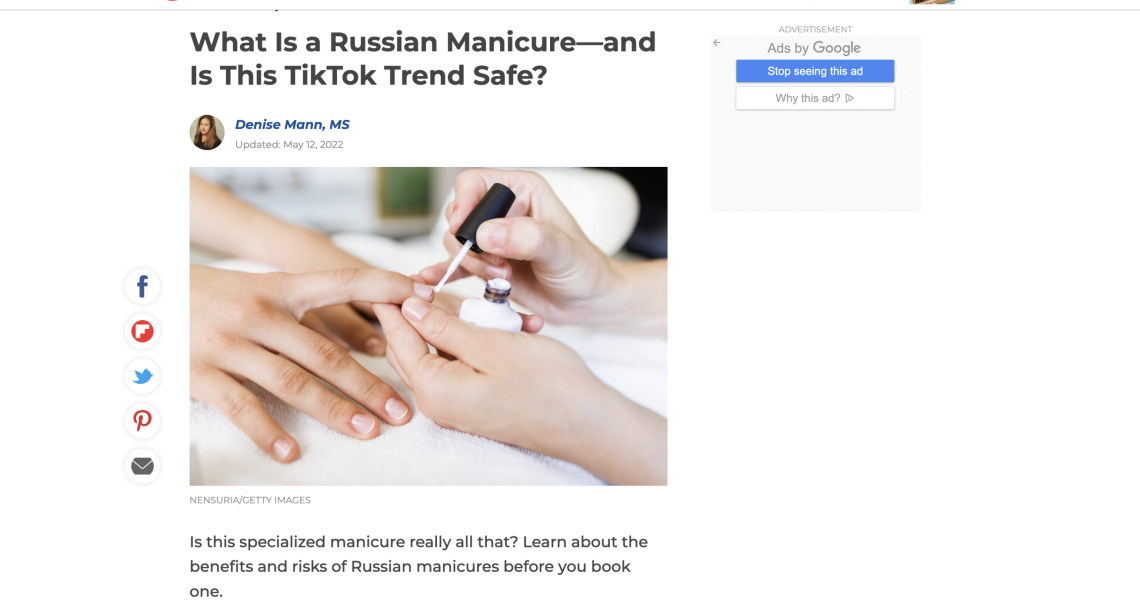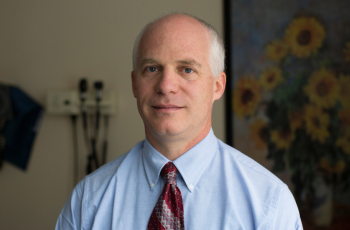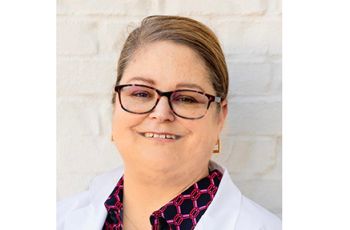Russian manicures are trending on TikTok, and a growing numbers of swanky nail studios are now offering these specialized “manis” to clients. Even A-listers like Kylie Jenner and Hailey Bieber are reportedly fans. But what is a Russian manicure, exactly, and why are many dermatologists so quick to ring alarm bells about them?
Sometimes called “dry” or “e-file” manicures, Russian manicures are all about the cuticle—that layer of clear skin at the bottom edge of your nail that protects your nails as they grow. Fans looking for how to make nail polish last claim these long-lasting manicures make their nails stronger and shinier. The new nail trend of Russian manicures also presents an alternative to hunting for the best nail polish, non-toxic nail polishes, the best gel nail polish, or liquid latex for nails, as the focus of a Russian manicure is almost solely on cuticles.
During more traditional manicures, your nail technician may ask if you would like your cuticles cut or pushed back. With a Russian manicure, however, the technician will use an electronic file or drill to remove the extra cuticle under the nail bed for a clean trim. Your nail bed is that pinkish soft tissue under the hard part of your nail or nail plate.
Because of this, detractors remain focused on the risks associated with removing cuticles, including infections and bleeding. It may be better to stick with the best cuticle oils to nourish and strengthen dry nails instead of opting for this new nail trend. Here’s why.
Adam Friedman, MD, professor and chair of dermatology at George Washington School of Medicine and Health Sciences in Washington, DC, agrees. “Due to the rapid movement of the e-file ‘bits,’ the nail may initially appear ‘buffed,’ but I worry the injury to the skin surrounding the nail and nail matrix could be significant,” he says. “The injury could enhance the ability of pathogens to enter where they don’t belong and cause infection.”




